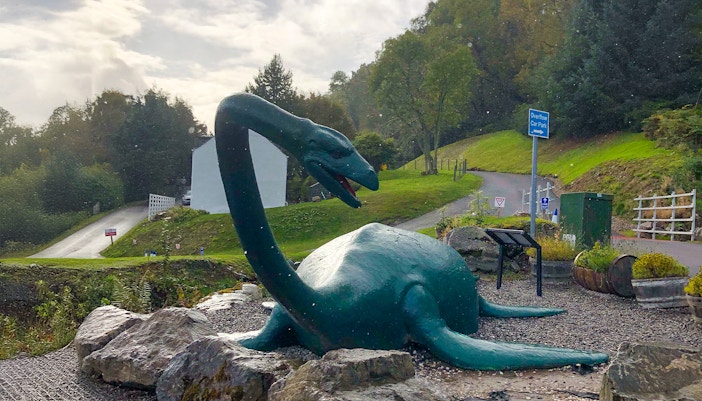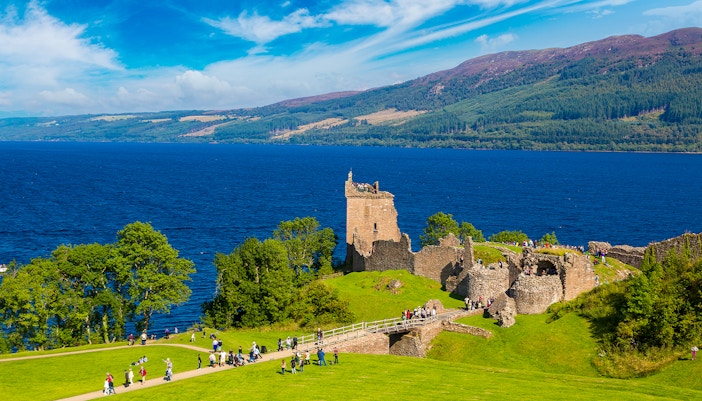Loch Ness was carved out by the immense forces of glaciation during the last Ice Age, approximately 10,000 years ago. As the ice sheets retreated, they left behind a deep, narrow trench that filled with water, forming the loch we know today. This explains its impressive statistics: it's the largest body of freshwater in Great Britain by volume and one of the deepest.
Loch Ness's history explained

The formative years (10,000 BCE)

The first legends (6th century)
Early Loch Ness history is shaped by a legend involving St. Columba, who reportedly saved a man from a "water beast" in Loch Ness. This story, documented in the 7th century, is the first account of an aquatic creature in the area and became a cornerstone of its folklore.

The Golden Age of legends (1930s–1960s)
The modern Loch Ness myth exploded in 1933 with the opening of the A82 road. More sightings were reported, captivating the world and turning the loch into a media phenomenon. The 1934 "Surgeon's Photograph" cemented the creature's global fame, even though it was later revealed to be a hoax.

The Crusader’s fate (1952)
On September 29, 1952, John Cobb's jet-powered speedboat, the Crusader, disintegrated while he attempted to break the world water speed record on Loch Ness, tragically killing him. Although Loch Ness monster enthusiasts blamed a creature for the unexplained wake, subsequent analysis determined the probable cause was a combination of the boat's design and waves from the loch's steep sides. The wreckage was found in 2002.

Scientific pursuits (1960s–1970s)
This period saw a shift from folklore to scientific investigation in the history of Loch Ness. Organisations like the Loch Ness Investigation Bureau used sonar and underwater cameras in attempts to find the monster. Though a definitive discovery was never made, these systematic searches created a new chapter in the loch's narrative.

The present day (2000s–Present)
Today, Loch Ness is a mix of continued scientific interest, tourism, and digital age advancements. While major expeditions have found no conclusive evidence, the mystery endures. Researchers still use modern technology like eDNA to test for unusual life forms, ensuring the legend lives on.
